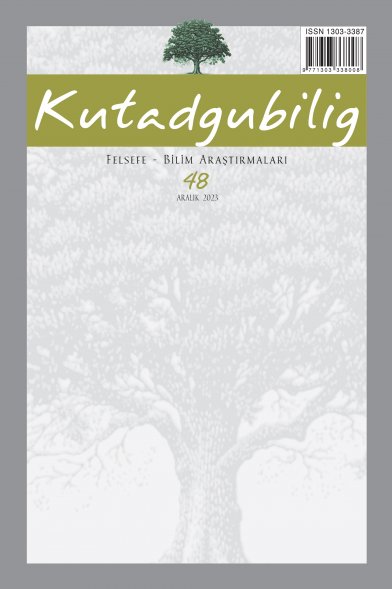Türk Sanatında Görülen Devlet Simgeleri
Türk sanatında simgeler bazen doğrudan doğruya bazen ise dolaylı olarak Devleti simgelerler. Söz konusu semboller tarih boyunca var olan Türk topluluklarının mitolojik, kozmolojik ürünleri, dini temayülleri ve bunlardan doğan gelenekleriyle ilişkilidir. Biz burada bu simgeleri gruplara ayırarak ve mümkün olduğunca kısaca incelemeye çalışacağız.
The State Symbols in Turkish Art
The subject examined in this article is organized according to the following sections: 1) Symbols related to Cosmological Diagram: Firstly, the Cosmos/World diagram in Old Turks (Pre-Islamic Turkish Peoples) and its relations to Turkish Art is studied. According to the researchers, this outline has influenced the town planning, architecture and other arts-crafts. Apart from that, as connected to our subject, we studied "Gök ve Yer" (Sky and Earth / Yang-Ying) principles. The idols, metamorphosis concepts and the symbols for Ruler himself (Hükümdar) were examined. 2) Stamps (Tamga): In our opinion stamps which appeared in Central and Inner Asian rock paintings were symbols of State and these had reflected themselves in Turkish Art. 3) Flag/banner/standard and horse tails (tuğ: flag-staff as a sign of rank): These objects are from Applied Arts and some of them are works of art. At the same time, these are symbols connected to the State. 4) The Symbols of the relation between State and Nation: This section argues that there are two separate basic constructions of the community and it elaborates the symbols, which reflects a relation between the population and the Ruler. 5) Architecture and Town Planning: It has been demonstrated that Architecture, Town Planning and other arts were able to reflect the power of the State and to the splendor of the Turkish Ruler.
